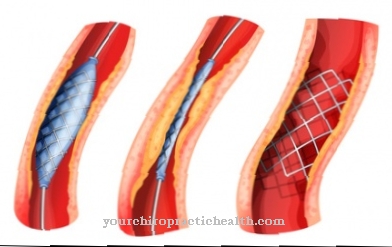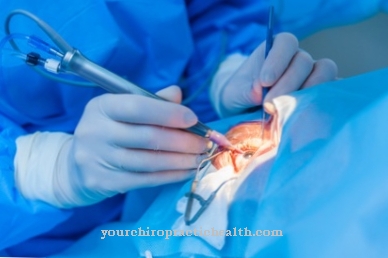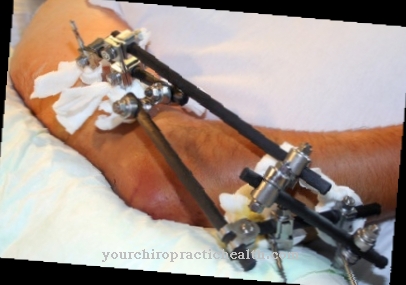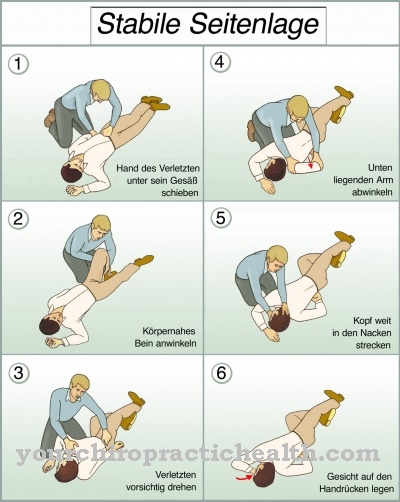In many health clinics, water applications according to Kneipp are available, of which approx. 120 different are an important part of the cure. One of these water applications is a Alternating bath.
What is a rollercoaster?

An alternating bath, which is one of the Kneipp treatments, marks an alternation between a warm and a cold bath. The water should be warm, but not hot. The fact that alternating baths also have a certain meaning in linguistic usage can be seen among other things. a. recognize by the phrase "roller coaster of emotions".
A contrast bath always ends with cold water. Cold water should only ever be poured onto warm skin, otherwise it will be perceived as unpleasant. Therefore, the skin must always be warmed up before cold water applications, either by movement or by warm water. There are ascending and descending alternating baths. In the descending alternating bath, the temperature is slowly changed from warm to cold, and in the ascending alternating bath, accordingly from cold to warm.
Function, effect & goals
Alternating baths are said to have the best health benefits of all water applications in hydrotherapy. It always depends on the type of illness. A rollercoaster can have a supportive effect in the case of a serious illness, but also helps with minor health problems, and is also suitable for healthy people to relax and keep the body healthy. Because of their gentle effect, alternating baths are also recommended for children and the elderly. They have a particularly good effect on these complaints:
- Circulatory disorders
- cold hands / feet
- a headache
- sleep disorders
- inner unrest
- Menopausal symptoms
An alternation of heat and cold stimuli stimulates the metabolism, increases blood circulation, thus supplies the body better with oxygen and gets the immune system going. Resilience training should be started slowly in a healthy state. After the body is warmed up, it can slowly be exposed to the alternating stimuli, which should not be too intense at the beginning so that the body gets used to them. It is better to stop when it feels uncomfortable. Regular, short applications several times a week are better. People with illnesses should speak to their doctor beforehand.
A warm bath in the alternating bath lasts 5 minutes and immediately afterwards changes into a short, cold bath or a cold shower of 10 to 30 seconds. This process is repeated 2 - 3 times and ends with a cold bath. The body should be kept warm after each use of water. Alternating baths have a good effect on the heart and circulation and can also be used with bath additives.
There are several types of alternate baths: An alternating arm bath stimulates the circulation from above, strengthens the blood circulation in the head and helps with headaches. It can even be used on the go, e.g. B. on a sink or fountain. Depending on the addition, a different effect is achieved, e.g. B. rosemary is pleasant for the respiratory tract, sea mud for the joints.
In the alternating foot bath, the circulation is stimulated from below. It helps with cold feet and trains the blood vessels. Warm water expands the blood vessels and promotes blood circulation, but it is also a burden on the body. The blood vessels contract again due to the cold water stimulus.
The alternating seat bath is suitable for the treatment of bladder weakness.It perfuses the abdomen and stimulates the circulation.
Risks, side effects & dangers
Alternating baths and other applications of hydrotherapy such as alternating showers, treading water, etc. are risk-free if used correctly and only have positive side effects. Pastor Kneipp, who suffered from tuberculosis and the doctors could not help, dealt with medicine and discovered the positive healing power of water. He developed these applications into a so-called Kneipp cure, which is now part of spa treatments in many health clinics. For a positive effect on health, it is important to observe certain rules:
- The body must be preheated before a cold application.
- The cold stimulus must be shorter, the colder the water is.
- The body should be warm again 15-20 minutes after using water.
- The water is only wiped off after cold applications, the skin is not dried, in order to prolong the effect through the evaporation cold.
- A warm bath should always end with a cold wash or a cold shower.
- A warm soaking bath should be followed by a rest period of at least 30 minutes.
- It makes sense to take a 1 to 2 hour break between different applications and between applications and meals, so that the effects can wear off at rest, unless they are intended to support the effect of the previous application or to promote digestion.
- Alcohol and nicotine can impair the beneficial effects of water applications.
When it comes to the strength of the heat and cold stimuli, subjective well-being should be the yardstick. If these rules of behavior are observed, contrast baths and other water applications are a good and natural measure for healing, maintaining health and strengthening the immune system.













.jpg)

.jpg)
.jpg)











.jpg)